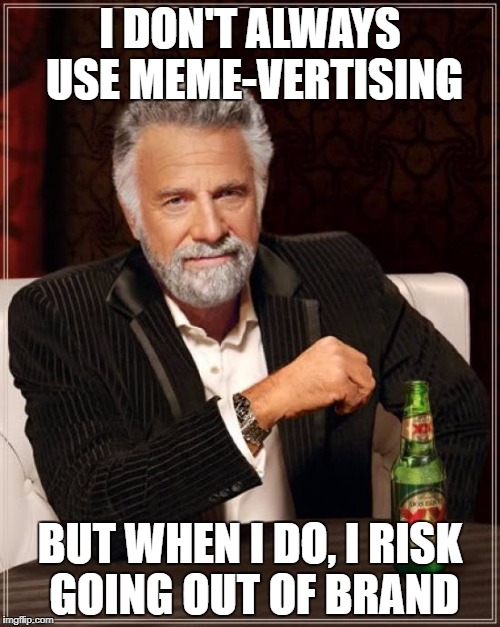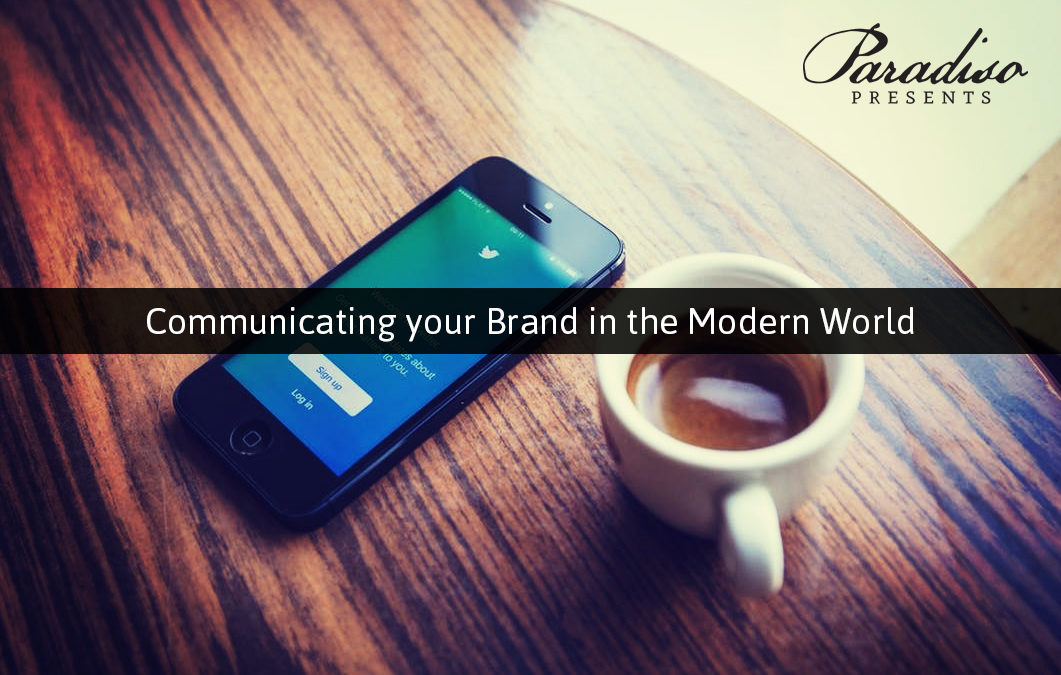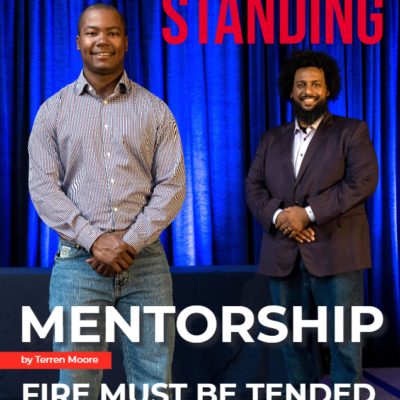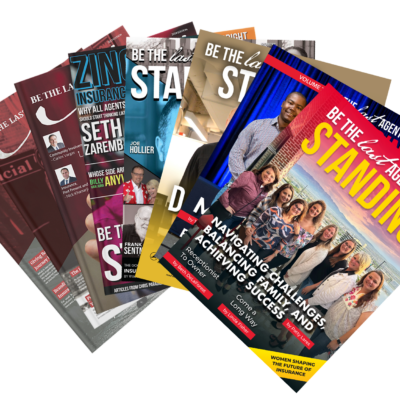When it comes to your insurance agency’s digital marketing, it all starts with your brand. Yes, your brand should be the heart of all of your insurance agency’s content, and your brand should be consistent across every platforms. Whether it’s through your website, by email, or in the social world, your brand needs to be in front of your customers at all times, because consistency is key. If you haven’t put much thought into your insurance agency’s brand yet, you may want to first take a look at The Basics of an Agency Brand. Additionally, if you think your brand could use some revisiting, then you could also visit our article on Rebranding your Insurance Agency.
Remember, once you are satisfied with your insurance agency’s brand, it’s important to develop branding guidelines for your marketing team to follow when constructing any form of content for your agency. If guidelines are in place, then all of your content will be consistent with your brand. To view our branding guidelines, click here, and you’ll see exactly what our marketing team is thinking about when they are constructing content for our agency. For those of us who have already invested the time in developing just the right brand for our agencies, today we will be discussing how the rapidly changing landscape of digital marketing is affecting linguistics, as well as how your agency’s brand is communicated overall online.
Change is a Good Thing
Many insurance agencies can be reluctant when experiencing and/or taking on large change, but I’m here to tell you that change is a very good thing. A great writer, George Bernard Shaw, once said, “Progress is impossible without change, and those who cannot change their minds cannot change anything.” This is why we believe it’s so important to Embrace Change within your Agency. Furthermore, the landscape of digital marketing is also constantly changing, and it’s up to us to adapt to these changes.
For instance, when social media was first introduced, many thought that this form of digital interaction would call for less face-time, and cause people to be more social behind their screen than in person. This was not the case though, as social media just provided a new way of constructing or reconstructing relationships as well as streamlined communication; although, the interactions we experience in person remained the same regardless. Additionally, when email first emerged as a new medium for communication, many users thought that some of our verbiage or linguistics would be permanently changing online as new lingo was adapted. A lot of the folks who first jumped on email were younger users, so they used abbreviations, slang, and other vernacular that were only familiar to their generation. Overtime though, we saw email adopted by users of every generation with a more conservative and professional approach, with platforms like Outlook emerging and stronger first impressions being made over email messages.
Over time, technology has evolved the way that we communicate with one another, but our fundamentals remain the same.
Linguistics within Social Media
Speaking of changing how we communicate, have you ever stopped and realized that communication among various social networks is usually unique to the specific network? There are certain phrases that usually tend to associate with one social media. For instance, before 2009, Twitter would prompt their users to make posts with the question, “What are you doing?” Although, nowadays Twitter’s prompt for creatings posts says “What’s going on?” This has diversified the posts that we see from Twitter’s user base. Previously, the younger generation would rapid-fire tweets about their day. Now, users from multiple generations post news, updates, announcements, or other commentary on this platform due to their shift in linguistics, which re-purposed how multiple brands communicate with their users on this network.
Now, it’s important to recognize the reason why users congregate to each individual network. As we mentioned, linguistics vary from network to network. The linguistic of LinkedIn is usually professional and their users tend to post about industry specific happenings or daily encouragement/motivation. Users even practice posting with attention to grammar or other smaller details so they can give the best, professional impression of themselves to other members of their network. Meanwhile, platforms such as Snapchat and Instagram are much more nonchalant, and for the most part, anything goes. Depending on the network, the purpose of posting (for a brand or a user) can widely vary.
We all have our favorite social media network, and there’s usually good reason for it. This purpose and linguistic behavior is what causes people to gather to certain social media networks. It’s important to observe and study how people engage and interact on each individual network and speak their language in return. Focusing on using channel-native language to communicate with customers and clients is a great idea, but comes with the risk of going out of brand. Certain networks may even call for something called meme-vertising. Meme-vertising is the act of using an internet meme to advertise a product or service. What is a meme, you might ask? Well, it’s more popular with the younger generations, and is usually an interpretation of a key moment within a culture that poses a strategically humorous message. Memes usually come in the form of pictures with words, such as the Dos Equis’ meme, which is the “Most Interesting Man in the World,” which you can see below. The only risk about using meme-vertising is that you may risk going out of brand even more so than using channel-native linguistics, so make sure you choose wisely with how you choose to advertise. Meme-vertising has potential though, because it can heavily appeal to users of specific social media networks or demographics, and we’ve even seen some meme-vertising showing up in the insurance space already as well. If you are going to use meme-vertising, just be sure it’s authentic and remains in line with your insurance agency’s brand.

It’s All About your Brand
With new and interesting forms of advertising or communicating with our audience emerging, it’s important to keep our agency’s brand as our first priority. At the end of the day, the strength of your brand depends on consistency, so we want to appeal to individual networks while still staying in line with our brand. Here are a few questions you should be asking yourself about your agency’s brand:
- What is your brand’s purpose? If you took a moment to look at our branding guidelines, you will notice that the American Dream is the heart of our agency’s brand. This helps us with making choices on our brand’s overall purpose, along with our Value Proposition and Paradiso Promises. It’s important to keep the purpose of your brand in the forefront of your mind, because it will help with the consistency we are pushing for. Having a consistent brand will create more opportunities for your brand story to come to life, and you will see more engagements across multiple channels of communication.
- Is your brand authentic? Sometimes when we use channel-specific linguistics or trendy forms of advertising such as meme-vertising, the audience may feel as though it is forced, or “fake.” We need to be authentic, true to our brand, and still communicating with our customers according to their preferred linguistics, so that they link at our agencies as “one of us” within their individual networks. This is more about connecting at a human level to create long-lasting, loyal customers for your agency to embrace.
- Is your brand contributing value? A brand that brings value is a brand that can be trusted, which is critical in social media marketing. For that reason, every day our marketers go onto each of our social media channels and engage with our customers on their posts. Whether it’s interacting with a like, share, or commenting back on one of our posts, we interact with all of our customers to encourage them to be more open or social with us, and at the end of the day, trust us more. Additionally, we don’t just post about insurance products on our social media channels, but we also make personable posts about our staff or office so that our networks can get to know us. We also provide tips and suggestions within our blog, which is then shared to our social media to bring even more value to our networks.
At the end of the day, technology is going to keep changing, but we can adapt to meet these changes head-on. Remember, hold true to your insurance agency’s brand, try to communicate with your customers how they want to be communicated with, and never let go of your authenticity. Happy Marketing everyone, and I’ll see you in the social world!






This is a VERY important topic and I am so glad you have called attention to the significance of brand. Brand is 24/7 and essential to define and promote! Thanks.
Thank you Eric we appreciate your feedback!